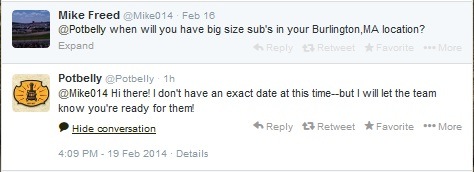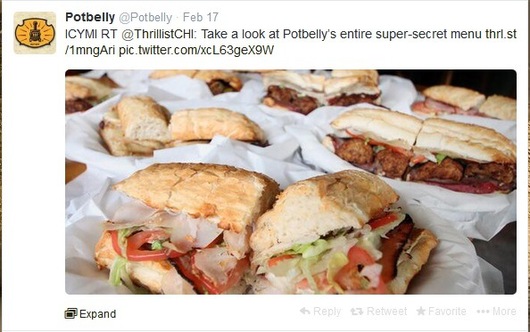Wellington, Florida based LED Source is considered one of the top innovators in franchising. (See Entrepreneur Magazine October 2015 issue) Not only is the company a franchisor itself, but many of its customers are also franchise chains looking for awesome lighting designs and for a vendor that will outfit all new stores with the lighting of the future; LED lighting. In less than a decade it will be a "must have".
Many systems and large box store chains are already hiring LED Source to retrofit all of their old locations and to install all the lighting in their new locations.
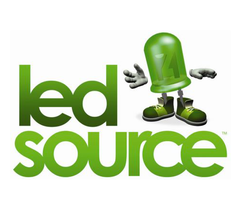 FASTSIGNS and Massage Envy are just a couple of examples.
FASTSIGNS and Massage Envy are just a couple of examples.
But CEO Marcel Fairbairn realized he needed to streamline the process between his franchisees and his vendors.
He generously shares his knowledge with you here in a Q&A.
- Describe how your franchisees originally got all their materials when you first began the franchise program.
Our system was one where our zees were "forced" to buy ALL products through the "head office". In fact, we had a two-stage royalty where it would cost them twice as much if they were buying product from an approved vendor other than our office.
Our internal team would help the zee determine what to buy, process the order, place an order with our vendor, bring the shipment into our office, re-package the shipment to complete for the zee, send to the zee, carry the A/R, then process any returns that might happen as well. It was a crazy amount of administration and we eventually realized we were losing money on our franchise business due to this.
- When did it occur to you that this was not the way to go?
Very early on we could see it was problematic but we felt there was no other way to do it. Our vendors are very big old lighting brands who are also finding themselves in this new, disruptive business called LED. They had enough on their plates with that to then delve into a whole other world.
The world of franchisees or small business owners as it was. It took my team more than a year to convince all of our suppliers to do business directly with our franchisees and to help design an expedient method for doing so.
- What was your first real issue that opened your eyes?
The short answer is the impact it had on our financial performance. Since we were not making a margin sufficient to cover all of the support needs of our franchises, we were mounting losses each month.
Additionally, we were carrying inventory for our suppliers who never seemed to have what we needed when we needed it.
So we'd cover their deficiencies as best we could which never really seemed to be enough.
In the end, we were hurting our zees, ourselves AND our suppliers and I really took a hard look within to come up with a very obvious answer.
- What was the very obvious answer?
If it's broke, fix it. First we pushed very hard on our vendors to create a model they had never used before. Again, we are talking multi-billion dollar businesses with 50 or 100 years history.
Change does not come easily and there is a tremendous amount of time and work involved so this was an enormous task. The fact is we never really had to admit anything because it was going to be such a positive change for our vendors and our zees. There was very little, if any pushback.
- What exactly IS Vendor Direct and does it have steps that you put in your manual now so franchisees can follow easily leaving you all out of the fray?
Vendor Direct is quite simple. When a franchisee signs on, we provide them with a list of vendors, contacts, links to training videos and materials, etc. We basically introduce the franchisee to their suppliers.
The franchisee goes through the process of signing up as a dealer, applying for credit, etc. It has been a huge update in our manuals and processes, but well worth it in the end!
- What was the reaction from the franchisees as you transitioned to this plan?
Initially there was some hesitation. Having us supply them gave them a certain comfort factor. They didn't have to deal with many other individuals.
The real issue was one we helped with to make sure that the franchisees receive credit from these large suppliers who often had very strict standards.
The truth is we were acting like a bank even to some who were not very solid credit risks.
But we worked through that and the affected few did very well in the end and now have solid credit and a solid business to go with it. Since then we've received nothing but praise.
We've got a stack of testimonials from happy zees who are discussing everything from the choices now available to the speed of shipping, wider availability, etc. Some of our zees have created very good relationships with their new suppliers and many of these relationships have already been quite productive.
- How's it working for you and them now?
Even on my side, my finance team was at first skeptical towards the idea. Because we were, in reality, lowering our revenue, how could this possibly be a good thing?
The facts are the facts.
While yes, our gross sales have been impacted; our bottom line has already increased and will continue to. In addition, we've been able to re-purpose people who had been glorified order placers or trackers to now support franchisees in other, more productive ways.
We've allowed the manufacturers to discuss process and support THEIR products, and we support our zees on application, training, marketing and general business management.
As our business continues to scale, we do not have to borrow money or tie up resources toward massive inventories or administrative costs. Plus, our franchises have proven very quickly that the program works by rewarding themselves and us with growing revenues!!
- You are clearly happy with the decision. In one sentence sum up what you learned from it.
It's hard to put such a laundry list of lessons and bumps on the head into one sentence, but for sure the one thing that comes to mind is that you should always play to your strengths. In this case, we were a challenged, even deficient supplier to our zees, and it showed in their numbers and our own.
So I looked at what we were doing and said to myself, "we are very good at what we do but this is not it. So let's get out of this role!" And that's precisely what we did.
About LED Source
Founded in 2005, LED Source® is North America's first franchisor of LED lighting. The company supplies high quality LED lighting products to a variety of spaces, and specializes in design, support, development, project management and financing through its Retrofit, Architectural, Entertainment and National Accounts divisions. In 2012, LED Source launched LouMan Money®, a private-labeled finance program that affords companies an LED lighting upgrade without tying up capital or using existing lines of credit. For more information and/or about franchising opportunities, please visit www.LEDsource.com/franchising.

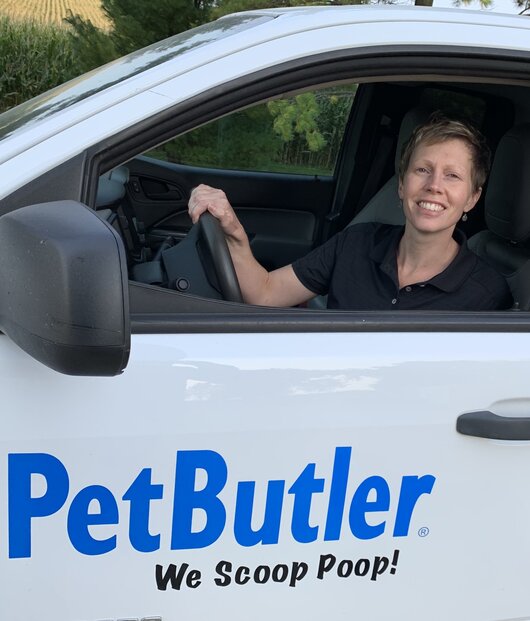

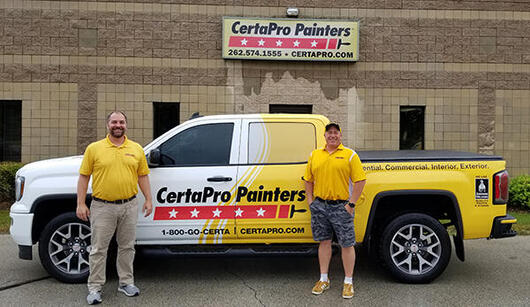



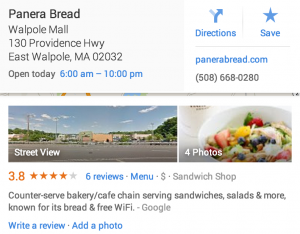
 33% of negative reviews turn positive when you respond to them, so your social reputation is within your control as long as you have a
33% of negative reviews turn positive when you respond to them, so your social reputation is within your control as long as you have a 